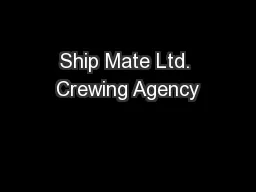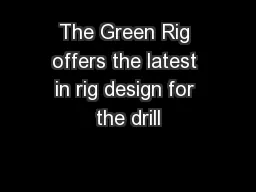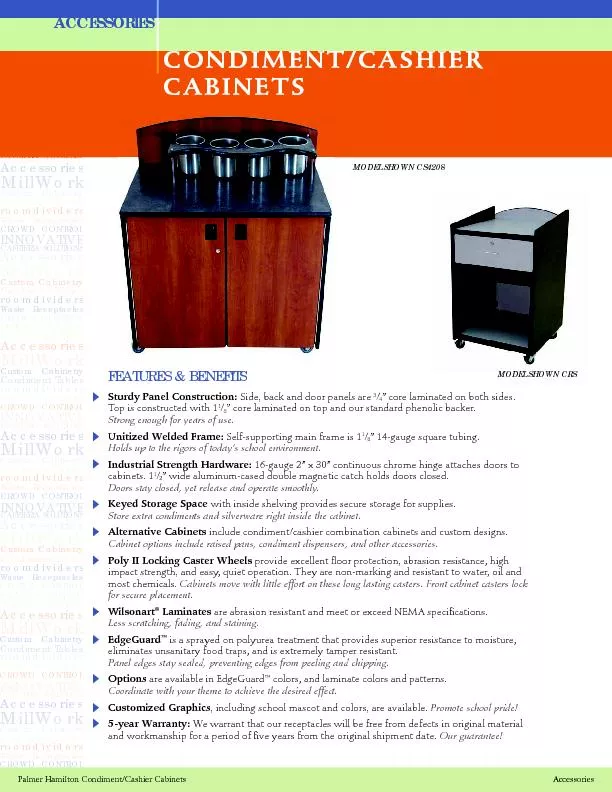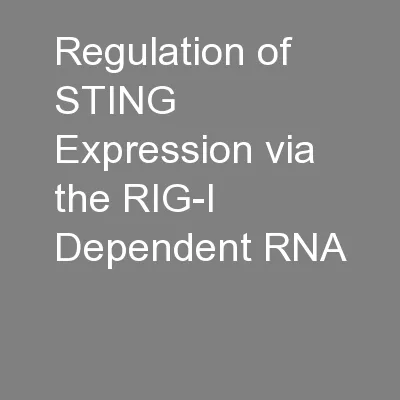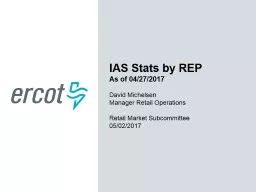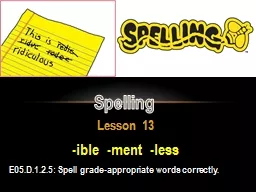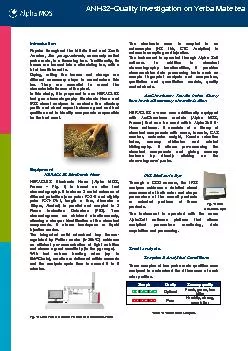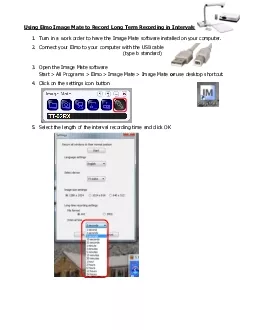PPT-Mate r ial Handli n g Equi p ment Module 3 Rig g ing E
Author : aaron | Published Date : 2019-11-01
Mate r ial Handli n g Equi p ment Module 3 Rig g ing E q uipme n t OSHA 19 1 0184 S l i n gs gov e rns sl i ngs made f r om a l l oy steel cha i n w i re rope metal
Presentation Embed Code
Download Presentation
Download Presentation The PPT/PDF document "Mate r ial Handli n g Equi p ment Modu..." is the property of its rightful owner. Permission is granted to download and print the materials on this website for personal, non-commercial use only, and to display it on your personal computer provided you do not modify the materials and that you retain all copyright notices contained in the materials. By downloading content from our website, you accept the terms of this agreement.
Mate r ial Handli n g Equi p ment Module 3 Rig g ing E: Transcript
Download Rules Of Document
"Mate r ial Handli n g Equi p ment Module 3 Rig g ing E"The content belongs to its owner. You may download and print it for personal use, without modification, and keep all copyright notices. By downloading, you agree to these terms.
Related Documents


